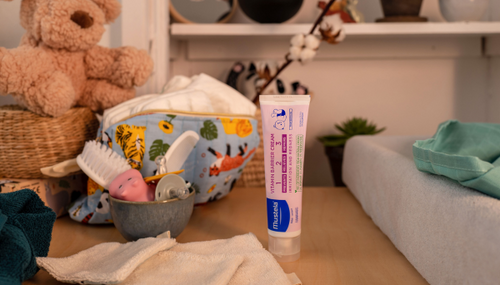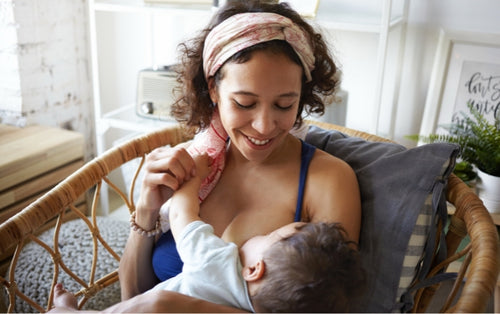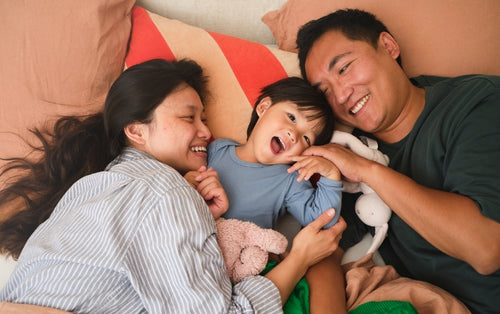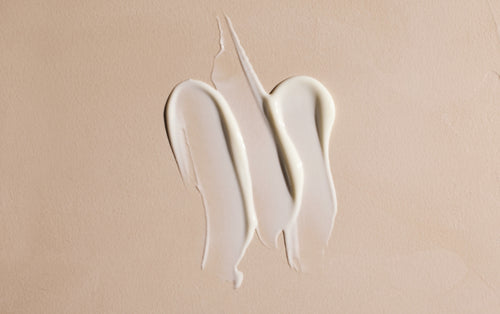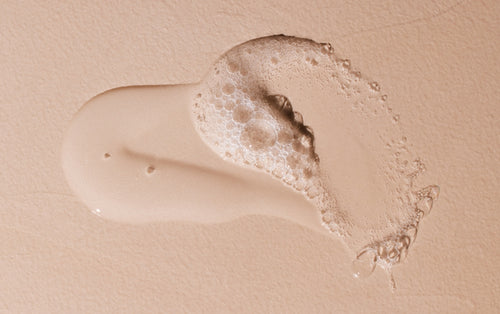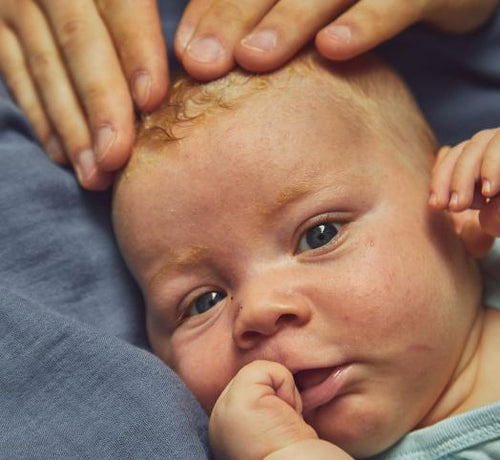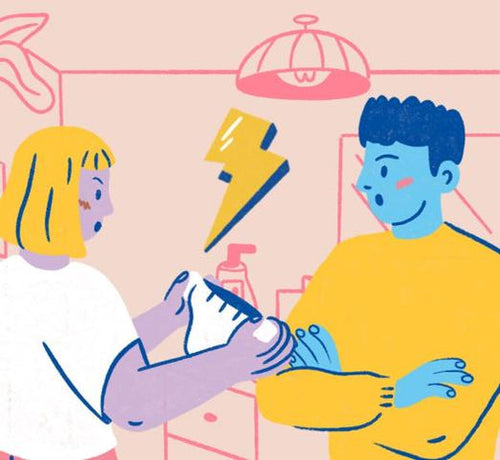While the benefits of osteopathy in adults are well known, we tend to think less often of its benefits for babies.
Yet, results are often seen in babies, and its sphere of action is particularly broad: difficult labour, disturbed sleep, digestive problems, continuous crying, difficulty with breastfeeding or repeated bronchitis are all reasons for taking your baby to see an osteopath.
Ready to try it? How does osteopathy work?
Osteopathy considers the body as a whole and is underpinned by the principle that the various structures that make it up (joints, ligaments, muscles, internal organs, etc.) are interdependent: any incorrect functioning of one element may affect others and throw the whole body out of balance.
Accordingly, osteopathy does not aim to treat a symptom but its cause through manipulations that re-establish the correct mobility of organic tissue. This therapy, is not a replacement for conventional medicine but is complementary to it and can makes a the difference.
It is used in many instances: in adults, it is known to soothe back pain, sciatica and joint pain, as well as contributing to the treatment of ailments as varied as constipation, urinary infections, asthma, earache, migraines, difficulty sleeping and stress disorders.
Osteopths in Australia are governed by the Osteopath Board of Australia.
All Osteopaths must be registered with the Australian Health Practitioner Regulation Agency (AHPRA) just like any other health professional who you may see and whose advice you trust, such as pharmacist and medical practitioners.
It is worth remembering during your pregnancy: osteopathy can help to alleviate pain and prepare your body for the birth. What are its uses in babies?
An osteopath may help you to resolve a whole host of problems: excessive crying, frequent regurgitation, colic, digestive problems and reflux, difficulties with breastfeeding, sleeping problems, signs of anxiety and repeated bronchitis, among others.
What happens?
Just like going to the doctor, the session always begins with some questions: the osteopath will ask you about the birth of your baby, his behaviour, the problems that you have noticed and, of course, the reason for seeking a consultation.
Next, he will put your baby on his osteopathy table, lying or sitting against him, where he will perform various gentle manipulations to check the mobility of different parts of his body and, if necessary, treat any dysfunction. While some loud cracking sounds are sometimes heard in adult osteopathic sessions, there is nothing like this when it comes to babies: the manipulations are very gentle and delicate, and totally painless. Very often, babies relax completely and may even fall asleep during the session.
On the other hand, sometimes babies do not like the feeling (particularly when the head is being touched) and begin to cry. They may simply be frightened by contact with an unknown person. Don’t panic, your baby is not suffering! Your calm presence will help reassure him: hold his hand, speak to him or sing him a nursery rhyme that he likes to help him stay calm.
